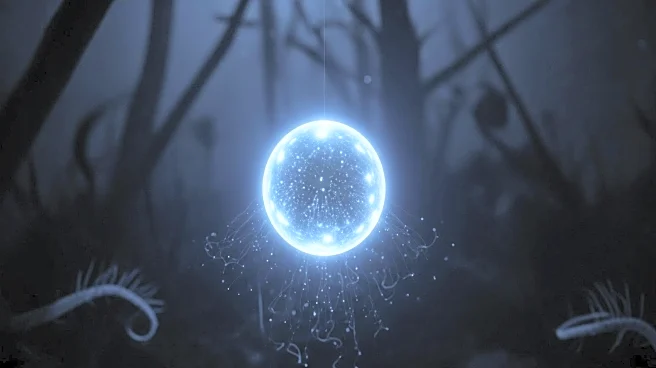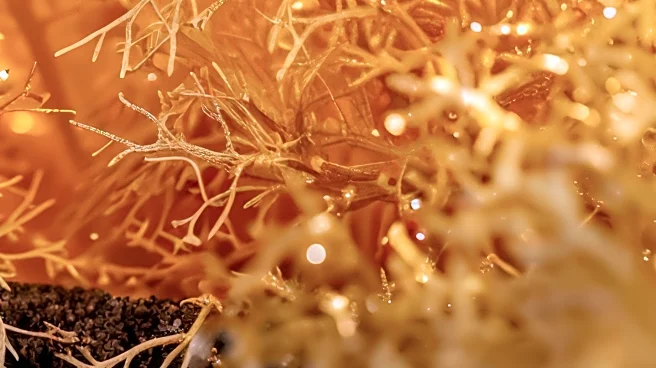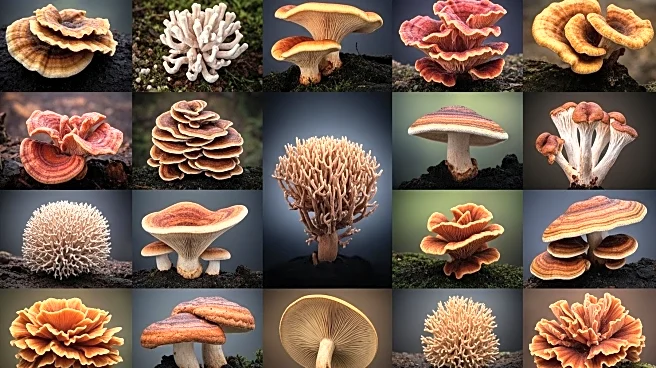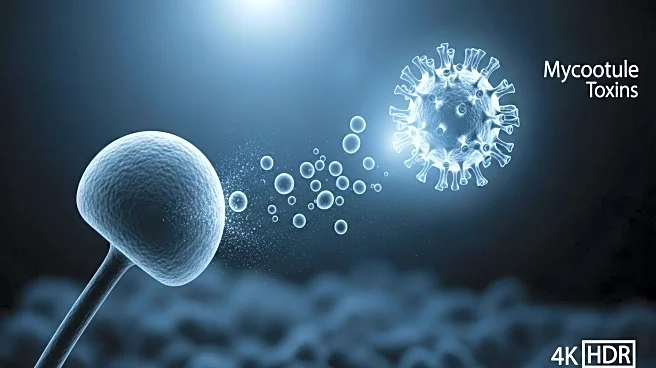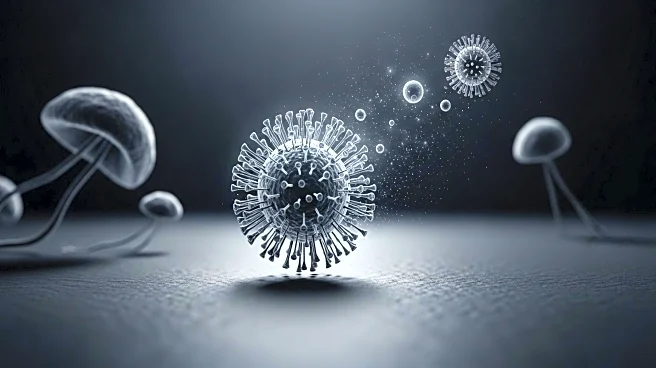What is the story about?
What's Happening?
Researchers from the University of Calgary and the National Research Council of Canada have discovered that living organisms emit ultraweak photon emissions, which cease upon death. This phenomenon, observed in mice and plant leaves, suggests that all living things, including humans, may glow with health. The study indicates that reactive oxygen species in cells produce these emissions, which could serve as a non-invasive diagnostic tool for monitoring stress in tissues. The findings challenge traditional views on biological electromagnetic emissions and open new avenues for research.
Why It's Important?
The discovery of biophoton emissions in living organisms could revolutionize medical diagnostics and research. By providing a non-invasive method to monitor cellular stress, this technology could enhance the ability to detect and treat diseases early. The study also contributes to the understanding of biological processes and the role of reactive oxygen species in health and disease. The potential applications of this research extend to agriculture and environmental monitoring, offering new tools for assessing plant health and stress levels.
What's Next?
Further research is needed to explore the mechanisms behind biophoton emissions and their potential applications in medicine and agriculture. Scientists may develop new technologies to capture and analyze these emissions, leading to innovative diagnostic tools. The study may also inspire interdisciplinary collaborations to investigate the broader implications of biophoton emissions in various fields. As research progresses, the findings could lead to breakthroughs in understanding the relationship between cellular stress and health.
AI Generated Content
Do you find this article useful?
